Nurture Leads with Content That Converts
Nurture leads with actionable content that addresses their needs throughout the buyer’s journey.
Content sells. It sells faster when you use it correctly. Today, your leads get too many offers selling them things they would have never imagined they need. However, attention spans are spiraling down every year.
As a result, it is critical to nurture your leads so that they don't drop off the sales funnel.
In this post, we will examine the different ways of how you can have meaningful conversations with leads using content that appeals to them.
What is Lead Nurturing?
Lead nurturing is the process of educating and informing buyers with contextual content that matches their needs.
Why Do You Need to Nurture Leads?
There is no magic wand for converting leads into customers. Neither is it a simple process because lead nurturing requires coordination between your marketing, sales, inside sales, and sales enablement teams.
Let us consider these statistics for a moment:
- 96% of web visitors aren't ready to buy yet but could be willing to provide their contact information in exchange for content. (Source: Marketo).
- 61% of marketers feel generating traffic, and leads is their biggest challenge. (Source: HubSpot).
- Only 22% of businesses are happy with their conversion rates. (Source: eConsultancy).
- Only 29% of brands cater to existing customers beyond the first purchase. (Source: Demand Gen).
- 47% of buyers engaged with three to five pieces of content before they engage with a sales rep. (Source: Demand Gen).
- Deals that originated from nurtured leads had a 47% higher deal value than non-nurtured leads. (Source: Annuitas).
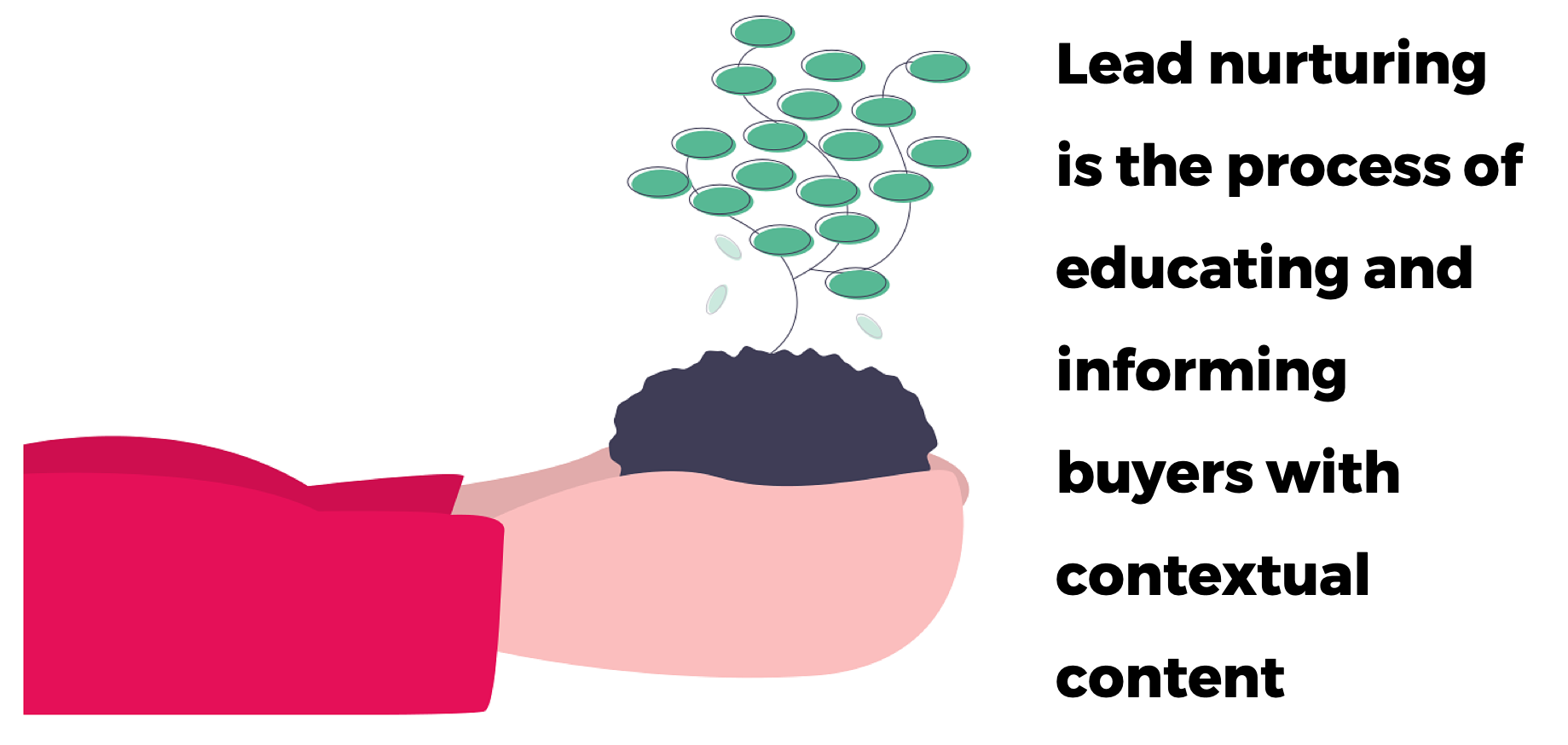
Now that we have established that lead nurturing is crucial to conversion, let us understand how to engage your leads with the right content.
Seven Ways to Nurture Leads with Content
1. Profile Your Leads
Profiling your leads helps you in narrowing down your target audience because you don't need an army of leads to convert. What you need is a limited number of qualified leads who have a higher conversion probability. Remember the 80-20 rule? 20% of your customers account for 80% of your revenues. It means the quality of your leads is more important than quantity.
Learn their challenges, pain points, and needs, and share content that matches them. For example, send your leads a survey with pointed questions such as, "What is your biggest challenge?" or "What are you looking to fix?" The downside to this approach is that even with an incentive, the response rate will be around 5-10%. But, that will give you a sense of what marketing collateral is ideal for them.

However, asking a buyer will not work always. Instead, look for clues of prospect behavior on social media. Learn what they like, comment, or share on LinkedIn or Twitter.
Let us assume you are a sales rep at a human resource software company. Your company helps human resource (HR) managers handle employee information and organizational data. Your product enables HR managers to harness data to assign jobs based on employee skills. Let us assume Michael, an HR manager at a mid-sized enterprise, is a prospect for you.
One day, you notice him downloading an eBook on your website titled 'How can you leverage data to improve employee productivity?' You also observe Michael liking posts on LinkedIn that explain the risks of having the right person in the wrong job.
His online behavior gives you a fair idea of what his priorities are. Use this opportunity to share content (blogs, videos, etc.) with Michael such as 'The best practices of managing employee data.' This way, you help Michael learn more about his challenge and gradually nudge him to decide.
2. Personalize Content
Content is not personalized for individual buyers. Marketers produce it for a broad set of target audience personas that have similar needs, preferences, and requirements.
But, when you personalize it suitable to your target audience, chances of conversion are higher. For example, not everybody will have the time to read a white paper. But, if you were to compress the insights in a white paper into an infographic or an easily consumable video, you will attract more qualified leads.
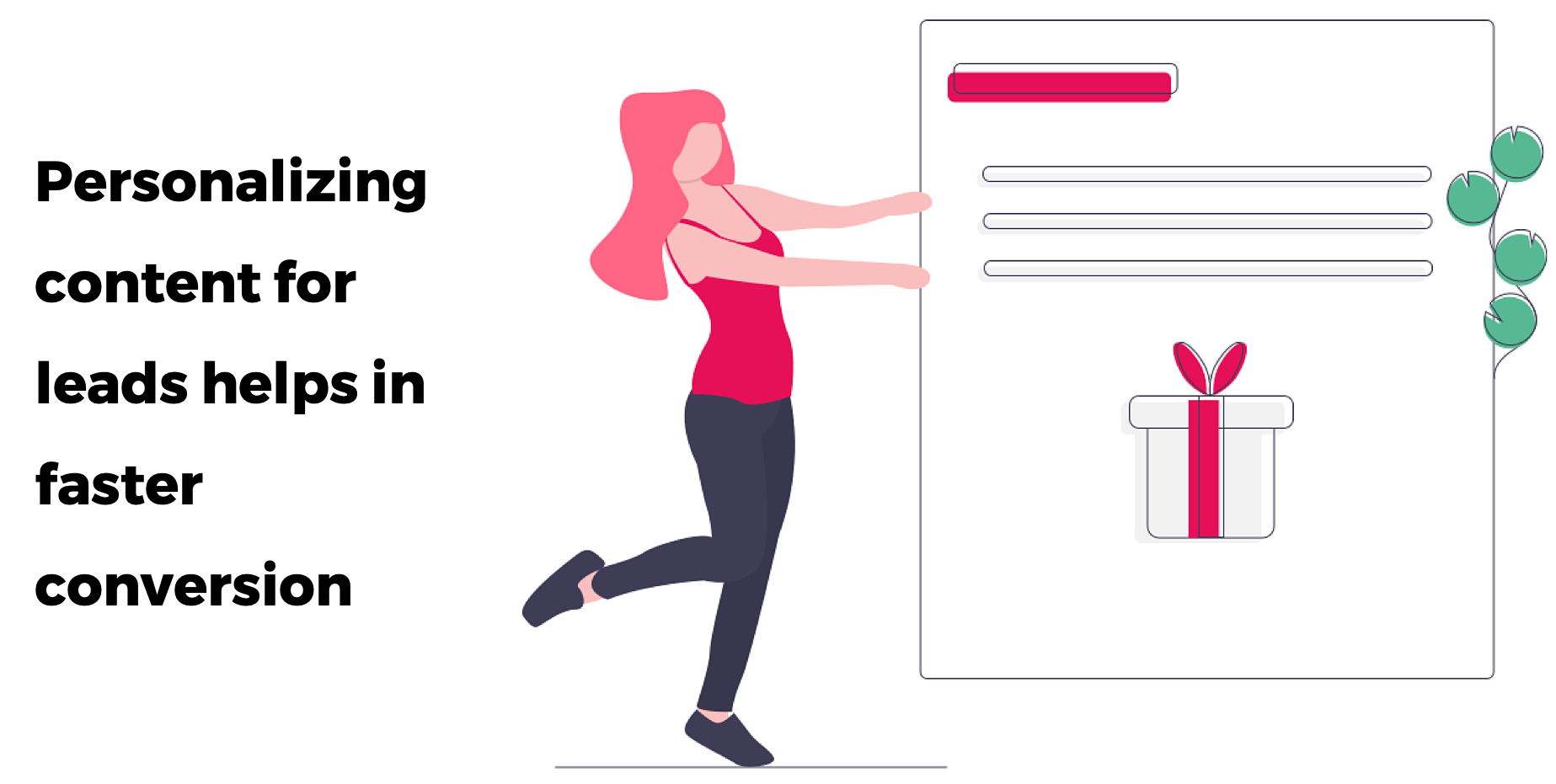
Imagine you are hungry and standing in front of a sumptuous food buffet. There is every type of food that you can gorge on. What will you choose to eat?
We call it as content personalization. It is about bringing in different forms of content to match buyer needs in customized microsites. Let your buyers choose what they prefer. For example, sharing a variety of it, such as videos, research reports, images, podcasts during a sales pitch enables you to address every customer challenge and increases the response rate.
Build Content Experience That Captivates Your Buyers
Let us assume you are a real estate sales rep running campaigns for different types of apartments. Sending your prospects the same blog or a video isn't going to help them decide because their interests and needs vary.
Share different forms of content, such as one-page brochures, images, infographics, and decision guides. Not over a prolonged drip campaign though, as they will probably lose track of it by the time it ends.
Instead, sharing it in personalized microsites that host all forms of content can help them quickly make up their minds. These microsites are visually appealing and enable your prospects to choose what interests them.
3. Get the Timing Right
Let us acknowledge that not everybody is ready to convert the first time you speak to them. Your prospects are in different stages of the buyer's journey. Some of them might be exploring, while others may be on the verge of deciding.
That is why buyers need content that suits the stage of their buyer's journey. For example, buyers in the Awareness stage need marketing collateral that educates them more about the challenge they face. They are not ready to spend yet. Thought leadership pieces, points of views, perspectives, e-books, etc. are ideal for this stage.

However, prospects in the Consideration stage are weighing the pros and cons of the various products or solutions that are available. These buyers need content that can help them evaluate different options. So, brochures, buyer guides, and product comparison sheets are suitable in this stage.
When you share content with leads that do not match their expectations, you risk losing them. Presenting media that suits them in their buyer's journey has the potential to increase prospect engagement and act on it.
If you are a B2B sales rep who specializes in helping clients discover the best product at events and conferences, you could share content before the event to warm them up. These could be simple marketing collateral such as brochures and introductory videos.
During the event, use presentations and sales decks to educate them more about their challenges and how it could be easily solved.
To nurture qualified leads after the event, share your product reviews, customer testimonial videos, and success stories that help them arrive at a decision.
4. Build A Relationship
Wouldn't you agree that building trust with prospects before engaging with them is essential? Marketers can build trust with their prospects using a variety of options such as websites, blogs, landing pages, social media posts, events, etc. Each of these touchpoints helps customers know what a business stands for and how it can address their needs. Trouble arises when sales reps push their product to their buyers without a personal touch.
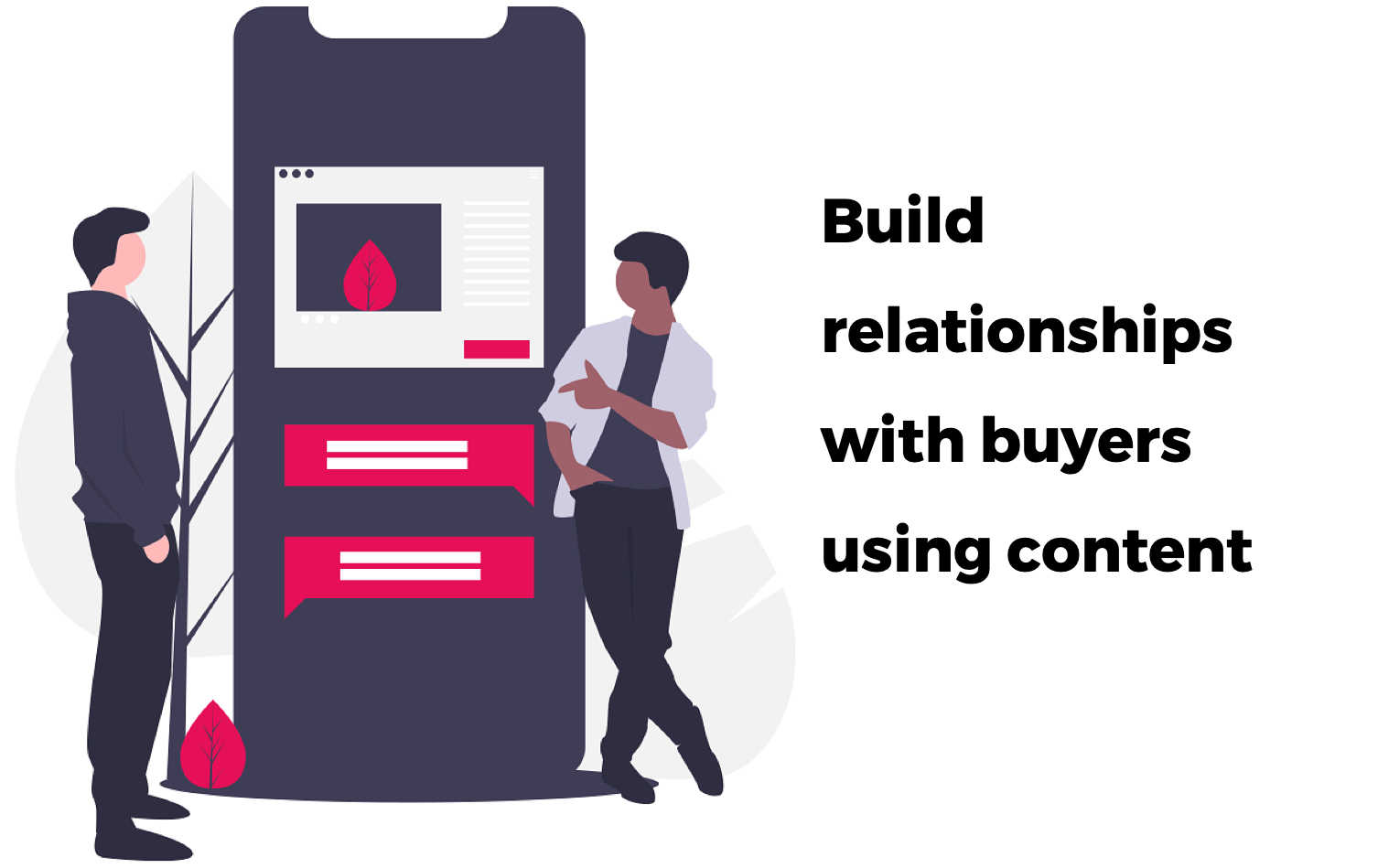
However, they must build a relationship with buyers before attempting to sell. Building a relationship could be as simple as empathizing with a buyer's KRAs (Key Responsibility Areas) and sharing content that helps them achieve it.
A business process manager looking to reduce redundancy will need content that explains potential cost and time savings achievable through business process optimization. So, blogs, videos, and e-books that highlight these themes resonate with them. They help the target audience do their job better.
5. An Omnichannel Outreach
Converting leads faster requires sales reps to engage with them beyond emails. Sales reps engage in drip campaigns that remind prospective buyers of their offer every third day. But, buyer engagement is more than launching drip campaigns.
Remember your leads are not email ids; they are humans. Reach them in ways that are not intrusive yet solve their challenge. Engage with your buyers on different social channels and platforms to make it a genuine relationship.
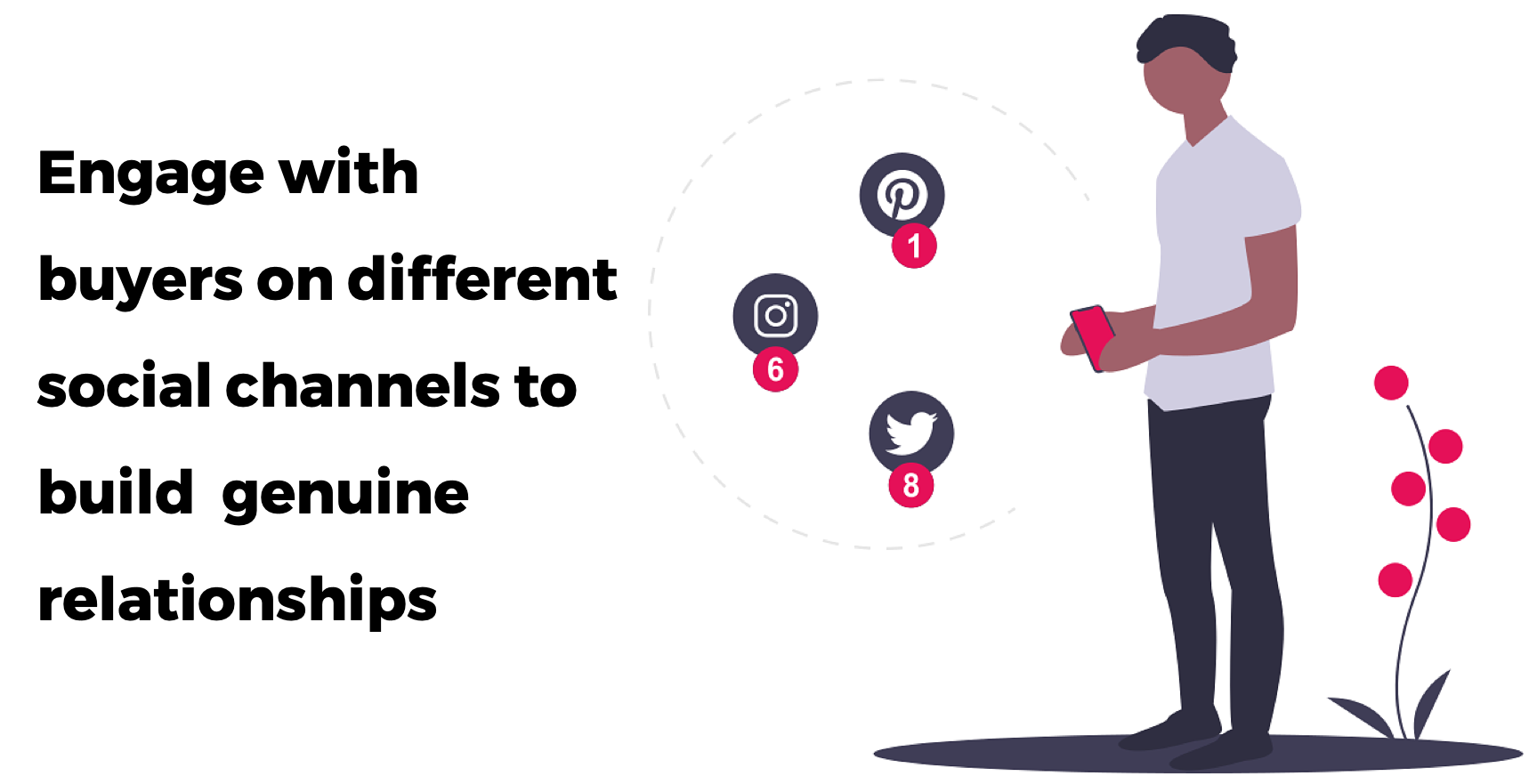
Follow up with prospective buyers beyond the work email on social media platforms such as LinkedIn and Twitter. Liking their posts and sharing your opinions on them helps sales reps stay connected with buyers across channels.
However, sales reps should not sound artificial and monotonic while connecting with leads over social platforms. Instead of bringing the buyer and seller closer, it only increases the distance between them.
6. Share Content That Speaks for Itself
Imagine yourself standing in front of a potential buyer and making an interactive presentation. You only have about eight seconds in your hand to leave a lasting impression. Great content speaks for itself without any human intervention.
Nurturing leads with sales content just for the sake of it does not do anybody any good. Your prospects and leads are looking for evidence about how your product solves real-life problems. So, share content that has numbers and facts that people can easily relate to. Use keywords such as dollars savings, time saved, increase in sales/conversions, etc. that are hard numbers buyers want to know.
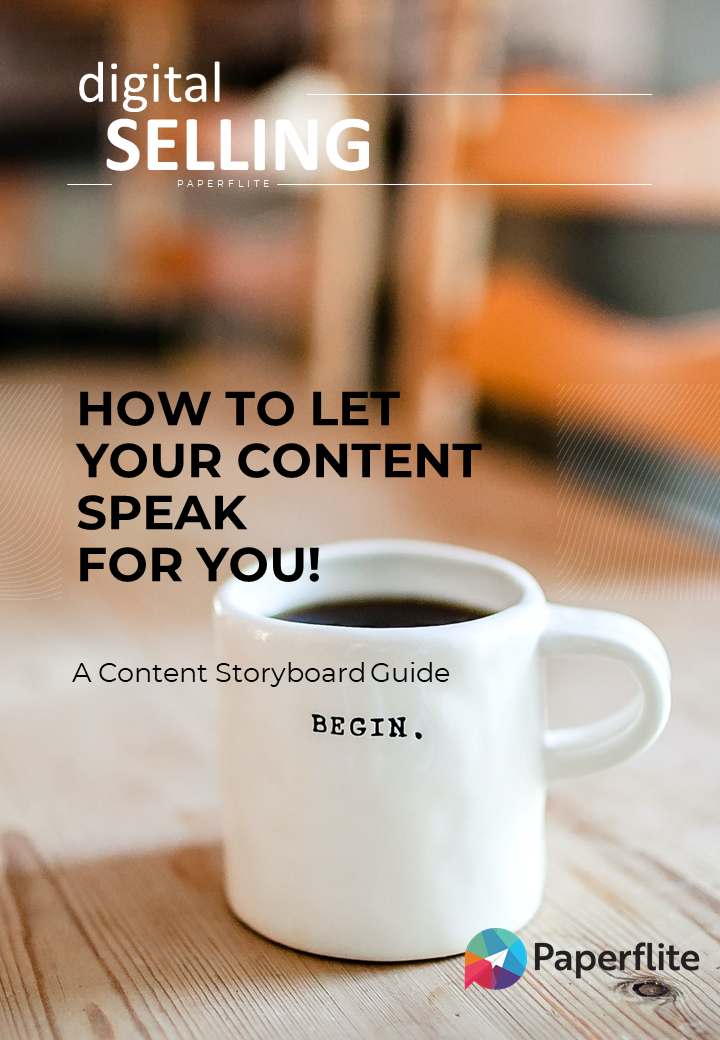
For example, short case studies that sum up the initial problem, your solution, and consequential benefits are an easy way to convince buyers. Videos for product introductions, features, and customer testimonials, can build trust among buyers. Images have a lot more visual appeal than written text.
It helps in easy visualization and comprehension of the problem. The case study could be in the form of a PDF or a short video.
A case study that explains facts such as:
- 250% in organic search traffic.
- 1.2 million social shares.
- 25% reduction in borrowing costs.
- 17% decrease in response time.
7. Measure Content Performance
How do you know if your content is resonating with your buyers in the lead generation process? It is simple, only if you measure.
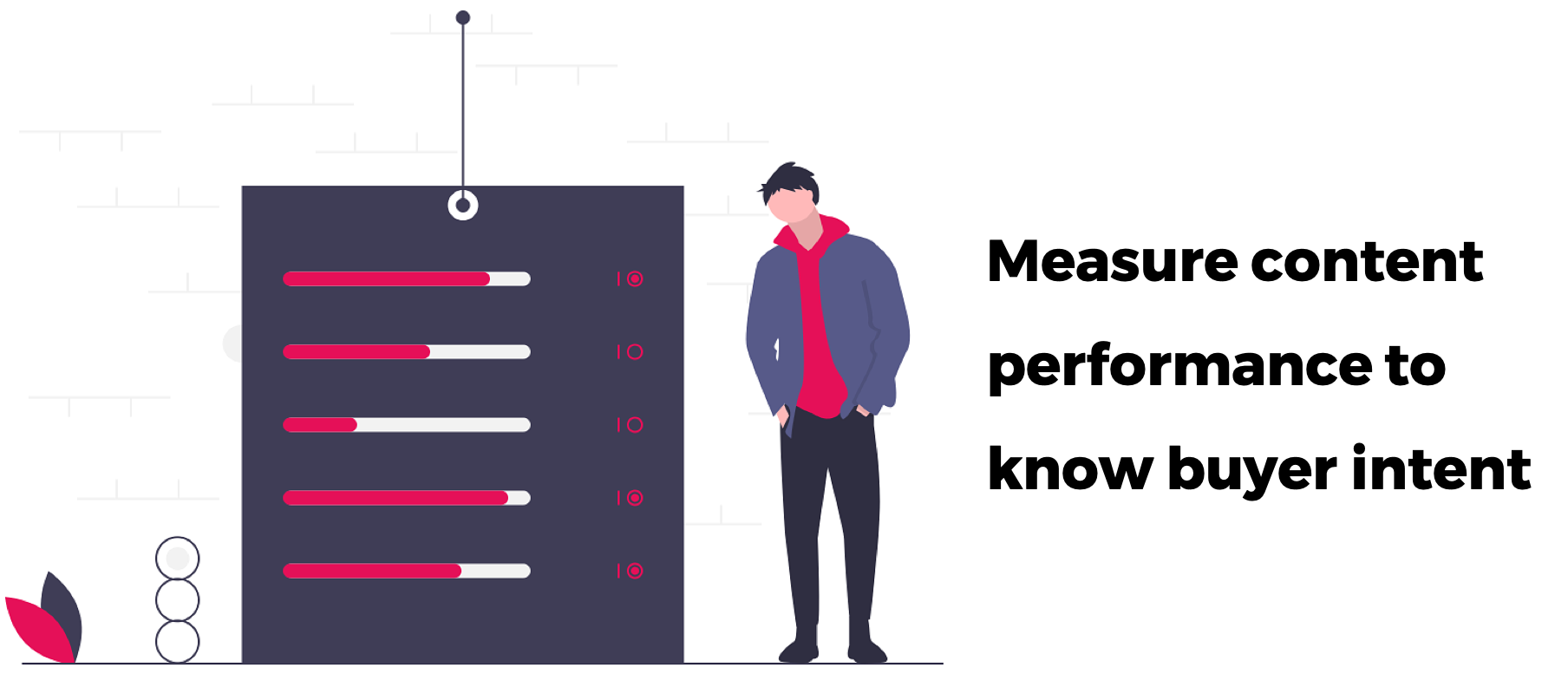
Measuring its performance by the number of views, downloads, re-shares, and time spent is a vital step. Each metric gives you a good picture of how much closer your leads are towards purchasing a product.
Get Actionable Insights That Moves Sales Forward
If a buyer spends maximum time on page #7 of a 10-page PDF document or a sales presentation, you can have contextual conversations with him. Frame-level analytics for videos and audio files enable you to discover audience interest levels.
You know which type of content assets suits different buyer personas so you can use the same sales collateral for each category of buyers. Knowing content analytics helps marketers in investing in similar content themes.
Nurturing Leads with Content: Conclusion
Lead nurturing is a continuous process that adds incremental value to a buyer-seller relationship with every new piece of content and conversation. It is not a one-day or a one-week phenomenon and takes quite some time to implement and achieve perfection. Work with teams across your business to identify, create, and nurture leads with suitable content across the buyer's journey.
However, nurturing leads need not be ridiculously complicated. It needs a careful approach that is not sales-y but solves problems for prospective. It ultimately results in what you are after, i.e., more money in the bank.
